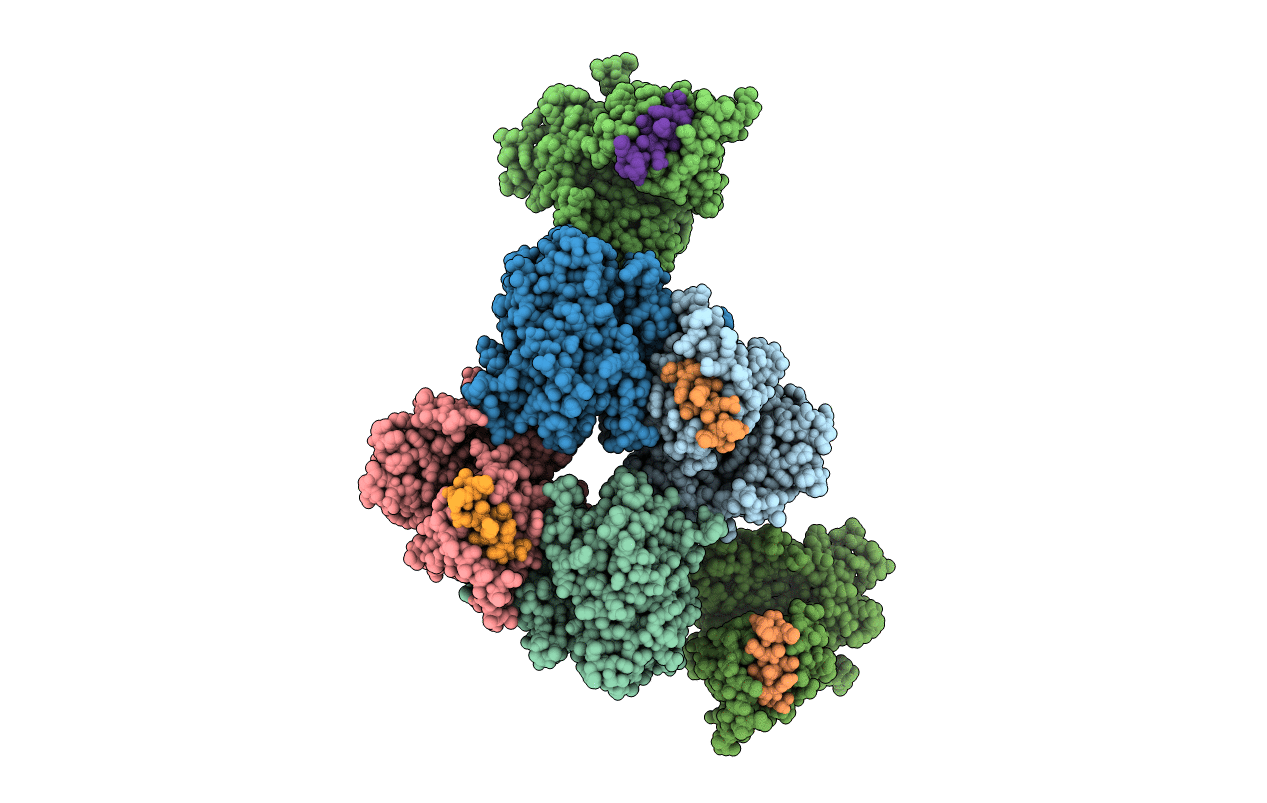Abstact
Enzymes or enzyme complexes can be concentrated in different cellular loci to modulate distinct functional processes in response to specific signals. How cells condense and compartmentalize enzyme complexes for spatiotemporally distinct cellular events is not well understood. Here we discover that specific and tight association of GIT1 and β-Pix, a pair of GTPase regulatory enzymes, leads to phase separation of the complex without additional scaffolding molecules. GIT1/β-Pix condensates are modular in nature and can be positioned at distinct cellular compartments, such as neuronal synapses, focal adhesions, and cell-cell junctions, by upstream adaptors. Guided by the structure of the GIT/PIX complex, we specifically probed the role of phase separation of the enzyme complex in cell migration and synapse formation. Our study suggests that formation of modular enzyme complex condensates via phase separation can dynamically concentrate limited quantities of enzymes to distinct cellular compartments for specific and optimal signaling.



